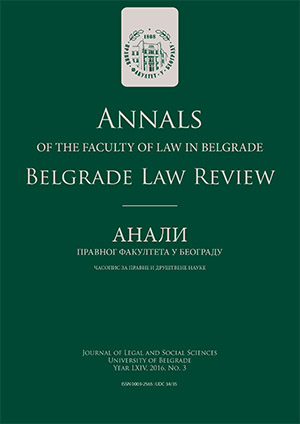APPLICATION OF THE REVERSE-CHARGE MECHANISM IN THE FIELD OF CONSTRUCTION
APPLICATION OF THE REVERSE-CHARGE MECHANISM IN THE FIELD OF CONSTRUCTION
Author(s): Miloš Marković, Filip KovačevićSubject(s): Civil Law, Law on Economics
Published by: Правни факултет Универзитета у Београду
Keywords: Value added tax; Reverse-charge mechanism; Construction;
Summary/Abstract: Amendments to the Law on Value Added Tax from 2012 introduced the application of the reverse-charge mechanism into Serbian legislation in the construction industry. Subsequent changes from 2015 have expanded the scope of the reverse charge mechanism in the construction industry, and one of the reasons were uncertainties that arose while applying the said mechanism in former practice. Namely, the main concern was whether a given supply should be treated as a supply from the construction industry for the purposes of VAT or not, under the applicable rules. However, the above mentioned changes have further complicated the situation, significantly increased legal uncertainty and additionally burdened VAT-payers (as well as the Ministry of Finance itself, which drafted the new provision) due to the fact that there is a need to interpret, on a daily basis essentially, who is liable to compute VAT for a vast variety of supplies that might be deemed as supplies from the construction industry. Furthermore, the (official) reasons for introducing the reverse-charge mechanism are not entirely in line with the reasons for which this mechanism is used within the EU. Therefore potential changes should be considered regarding the application of the said mechanism in the construction industry on the territory of the Republic of Serbia.
Journal: Анали Правног факултета у Београду
- Issue Year: 64/2016
- Issue No: 3
- Page Range: 154-170
- Page Count: 17
- Language: English

